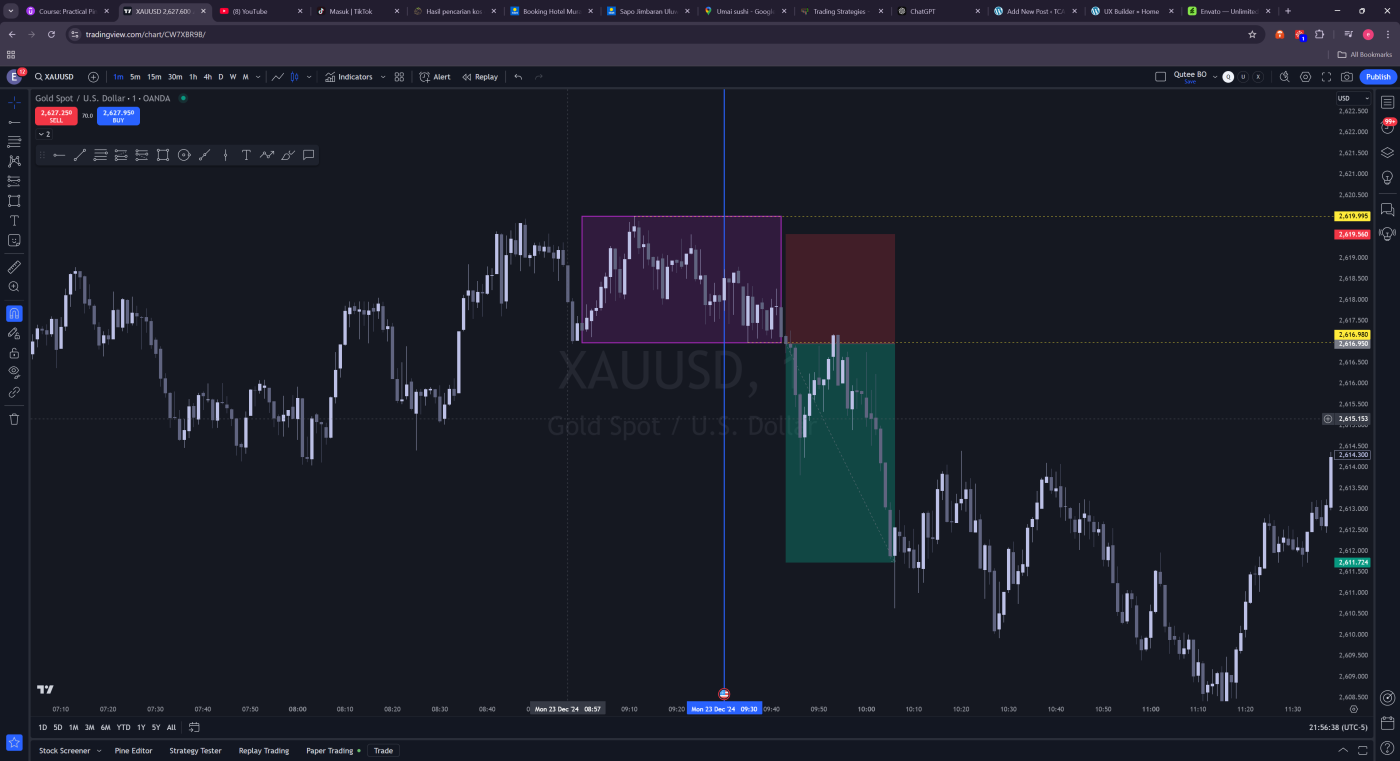This strategy is applicable to any trading instrument when there is expected momentum or strength, but it is particularly effective for stock market indices such as the DAX, DOW, NASDAQ, FTSE, and S&P 500. Other indices, like the JP225, can also be traded using this approach. The reason it works so well on these indices is the predictability of volatility at the market open each day.
The DAX opens at 8:00 AM in Frankfurt, and the US indices open at 9:30 AM New York time.
Strategy Overview
At the market open, there is a surge of activity as overnight orders from banks and institutions are executed. This results in higher-than-usual volume and typically a larger price movement. This initial flurry of activity, often referred to as the “opening cash balance,” lasts between 5 to 15 minutes. During this time, institutions fulfill the orders they must execute for clients like hedge funds, pension funds, and commercial clients.
Once this opening phase concludes, larger market participants transition into speculative trading, aiming to profit from price movements using their available capital.
The advantage of this strategy is that there are at least two opportunities each day to trade it: you can trade the open of Frankfurt on the DAX and the FTSE, or you can trade the US market open with the DOW, NASDAQ, S&P 500, or the Russell 2000. While each index has its own characteristics, all experience a high-volume opening, where price breakouts occur. The key is adjusting stops to account for the different price action levels in each index.
After the Open
Once the initial movements settle, two scenarios typically unfold:
- Range or Rotation Day: The index moves up, reverses, and then reverses again. On these days, the strategy may break even, result in small losses, or produce small gains depending on how far the price moves outside the initial range.
- Trend Day: The market moves steadily in one direction, often for hours or throughout the entire session. These days are where the strategy shines, as it can generate substantial returns by riding the trend.
As retail traders, we cannot predict which scenario will occur, and it doesn’t matter since it’s beyond our control. However, we can prepare for both situations with a strategy that minimizes risk if the price action becomes unfavorable, while also maximizing gains if a trend forms. Ideally, trend days are our preferred outcome, and on average, there will usually be one or two trend days or sessions each week.
